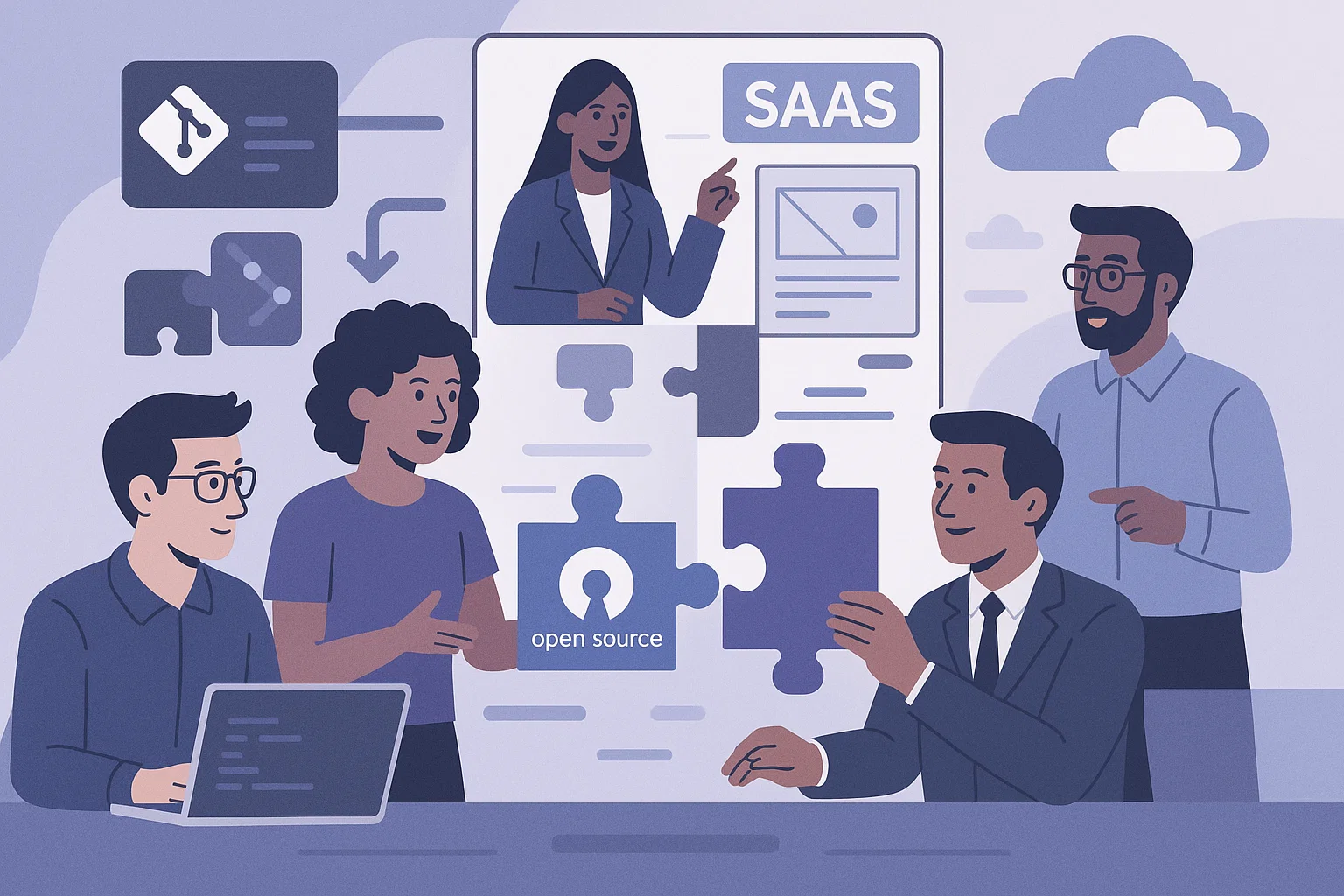Designing SaaS Products for Open-Source Ecosystems: Challenges and Best Practices
In the evolving landscape of open-source software, the rise of SaaS (Software as a Service) products built on open-source foundations has opened a new frontier of opportunity—and complexity. From monetizing open-source projects to delivering consistent UX across modular architectures, designing SaaS platforms in this context requires a uniquely strategic and user-centered approach.
Let’s explore what makes SaaS design for open-source ecosystems so different—and how working with a specialized saas design agency can help mitigate the risks while accelerating product-market fit.

The Unique UX Challenges of Open-Source-Based SaaS
1. Inconsistent UI Patterns Across Modules
Open-source projects often evolve through community contributions, leading to inconsistent UI components and interaction patterns. When transforming these into a commercial SaaS platform, this inconsistency can lead to:
- Increased learning curve
- Reduced perceived quality
- Lower user trust and adoption
Solution: Establishing a unified design system that standardizes components and behaviors while respecting the flexibility open-source communities value.
2. Technical Complexity and Limited Abstraction
Open-source tools often prioritize functionality over usability. SaaS platforms must abstract complex interactions into intuitive flows. The challenge is doing this without dumbing down the product for power users.
Best Practice: Use progressive disclosure and adaptive UI patterns—giving new users guidance while leaving room for advanced users to explore.
3. Multistakeholder User Personas
Unlike traditional SaaS platforms with a clear ICP, open-source-based SaaS often serves:
- DevOps and sysadmins
- Non-technical stakeholders (e.g. project managers)
- Community contributors
- Enterprise clients
Approach: Persona-based UX design is critical. Each user group needs tailored onboarding, support flows, and feature accessibility without cluttering the interface.
4. Licensing Transparency and Ethical UX
Users of open-source tools care deeply about transparency. Dark patterns or unclear limitations (e.g. freemium traps) can damage brand equity quickly.
UX Principle: Be transparent about open-core vs. paid features. Visual clarity in tier differentiation builds trust and improves retention.
The Role of SaaS Design Agencies in Open-Source Productization
Bridging the gap between developer-built open-source tools and user-friendly, scalable SaaS platforms requires cross-functional expertise in:
- UX research with open-source communities
- Design systems for modular architecture
- Product strategy for hybrid monetization models
- Scalable design-to-dev handoff pipelines
That’s why companies increasingly turn to a specialized saas design agency that understands both worlds—open-source values and enterprise SaaS expectations.
| Open-Source Project | SaaS Platform | Design Win |
|---|---|---|
| GitLab | GitLab SaaS | Clear tier differentiation, seamless onboarding |
| Mattermost | Mattermost Cloud | Consistent design system across self-hosted and SaaS |
| PostHog | PostHog Cloud | Modularity with progressive onboarding |
These products show that thoughtful design is not just skin-deep—it’s the engine for open-source sustainability in the SaaS model.
Conclusion
As open-source projects mature into commercial SaaS offerings, the importance of product design only increases. Whether it’s aligning user flows with business goals, or creating a UI that respects the ethos of community-built software, the right design approach is critical.
If you’re building or scaling a SaaS product rooted in open-source tech, partnering with a saas design agency that knows both ecosystems can be the strategic differentiator you need.